Reportar esta entrada
Más sobre la misma comunidad-colección
DIGIE - Premio de Concurso en Tecnología
Jamie Knoedler, Community Engagement Coordinator receives an ...
Joaquín Alvarado - Mejor fotografía de la semana
DIGIE'S best photograph of the week is Joaquin Alvarado who was ...
George Maloof III - Conservador del Museo Arqueológico
George Maloof III. - Curator of Archaeology Museum - El Paso, ...
Rubén González -Honored Día de los Veteranos - 2015
Ruben Gonzalez -Honored Veterans Day - 2015. Streets and ...
Padre Nerinckx fundador de Hermanas de Loretto
Rev. Charles Nerinckx was a Roman Catholic missionary priest ...
Herminia and Ray Duran's Wedding Toast
Herminia Cardiel Duran and Ray Duran toast alongside area ...
Herminia and Ray Duran's Wedding Toast
Herminia and Ray Duran toast as newlyweds next to Herminia's ...
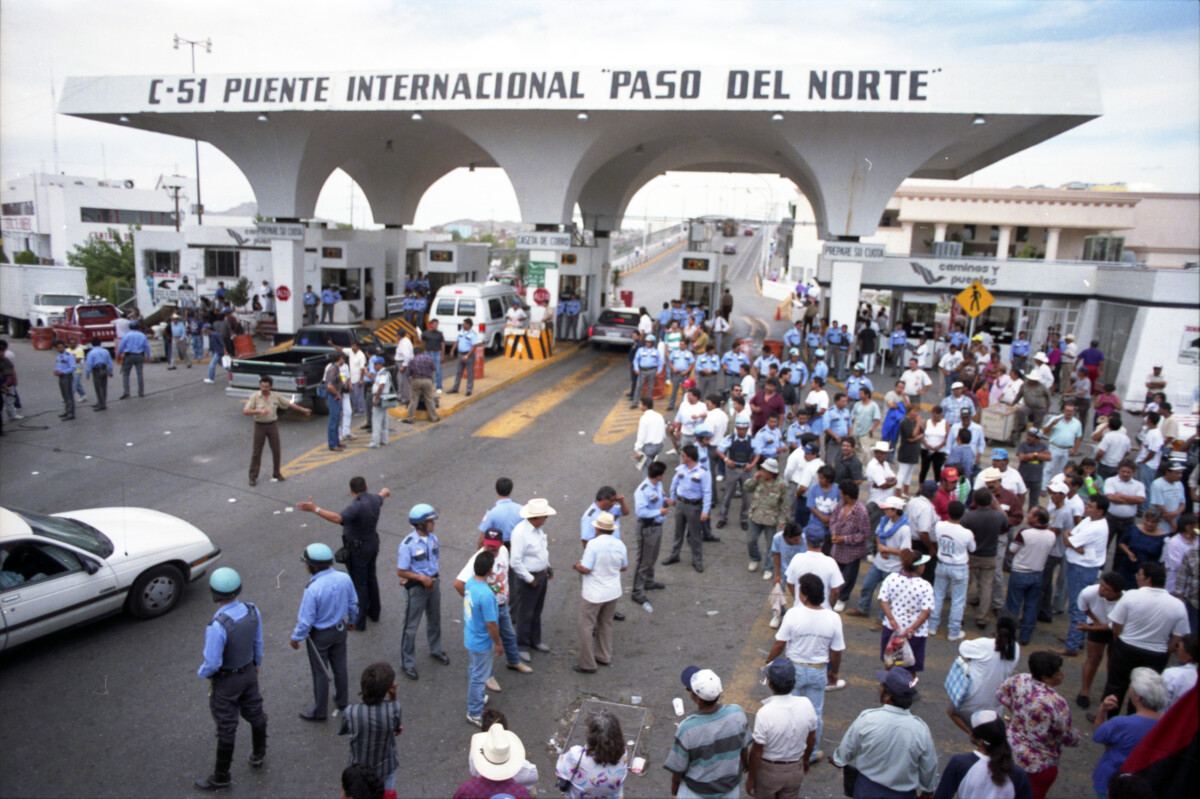
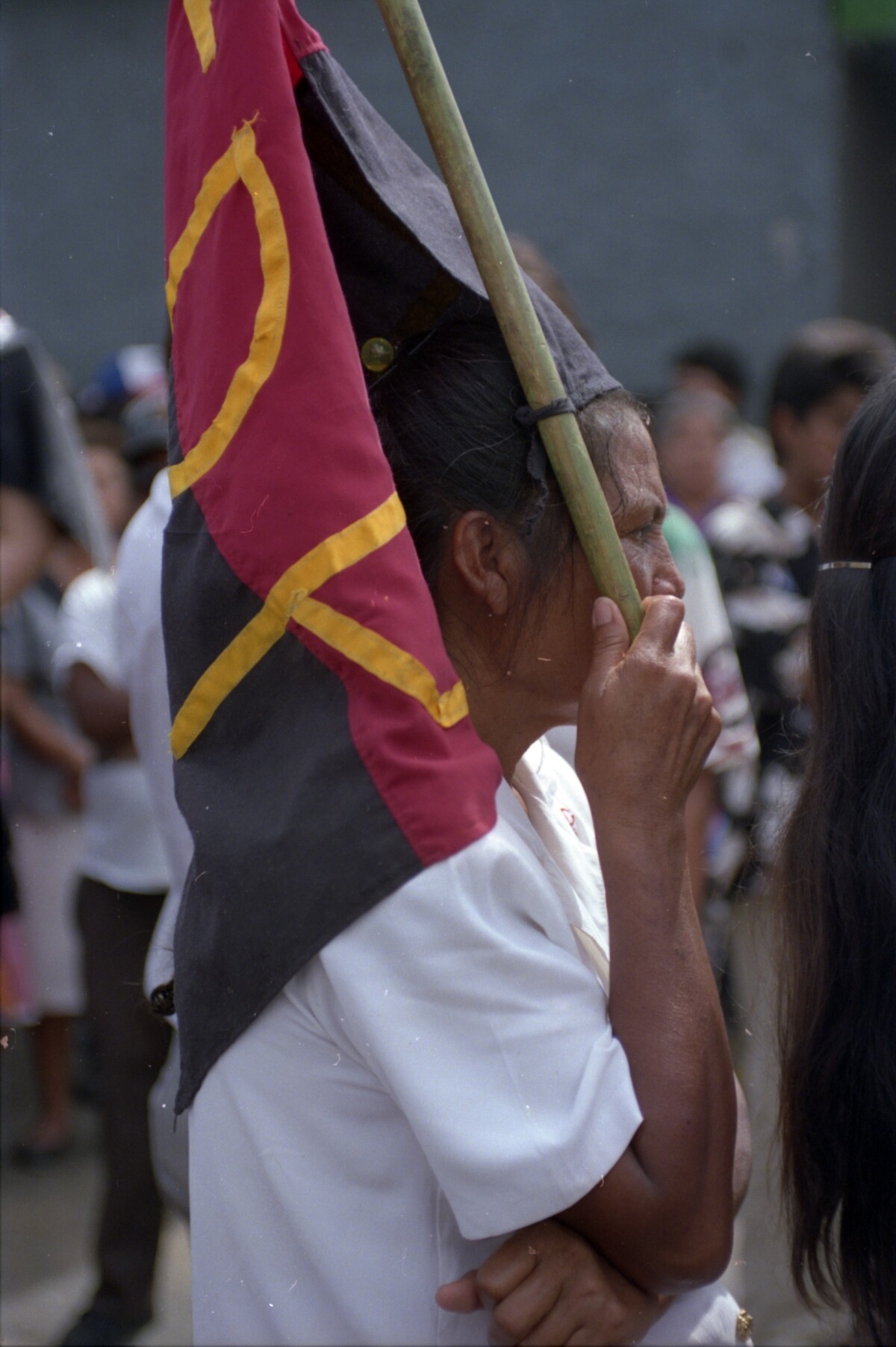

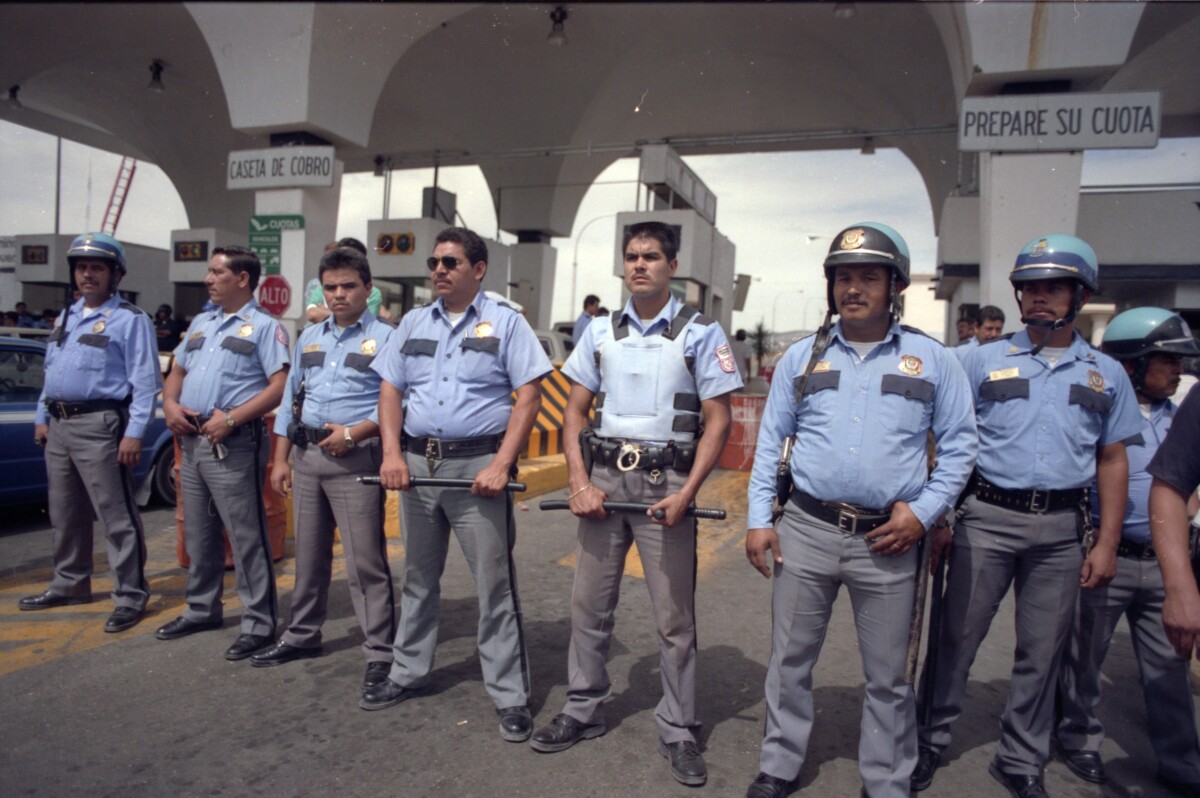
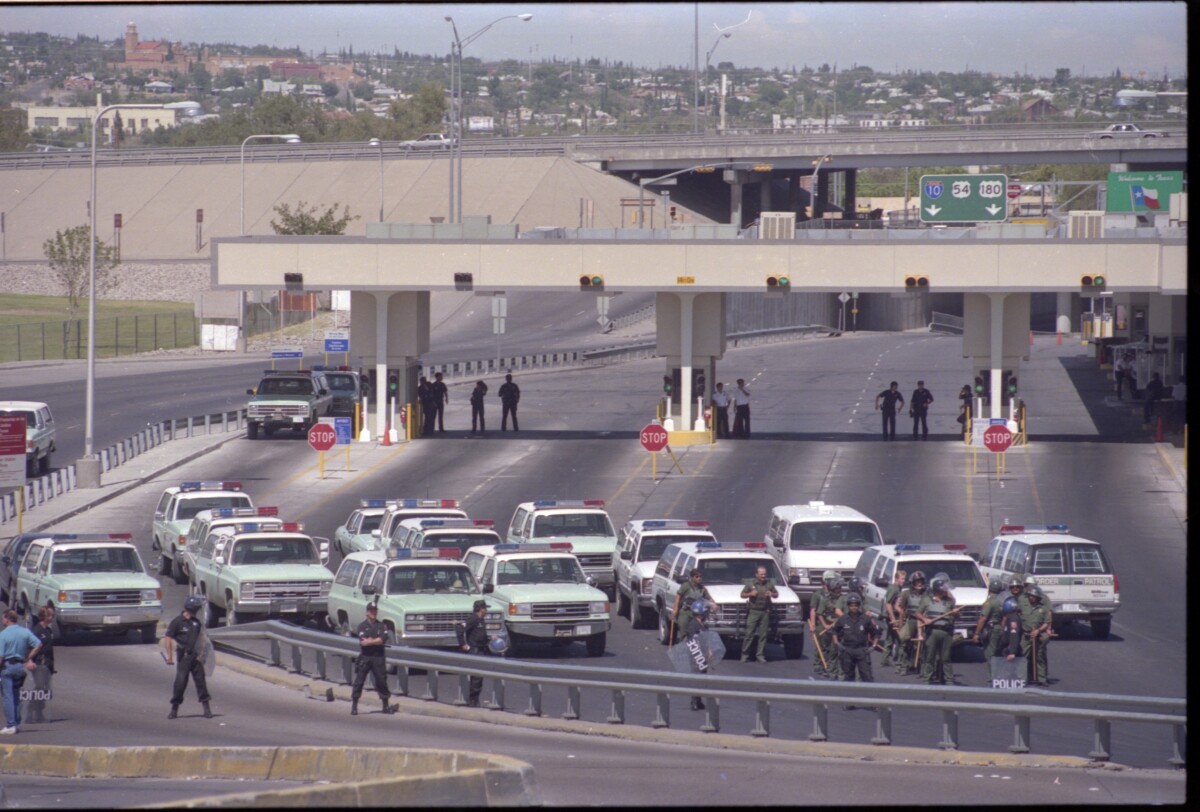

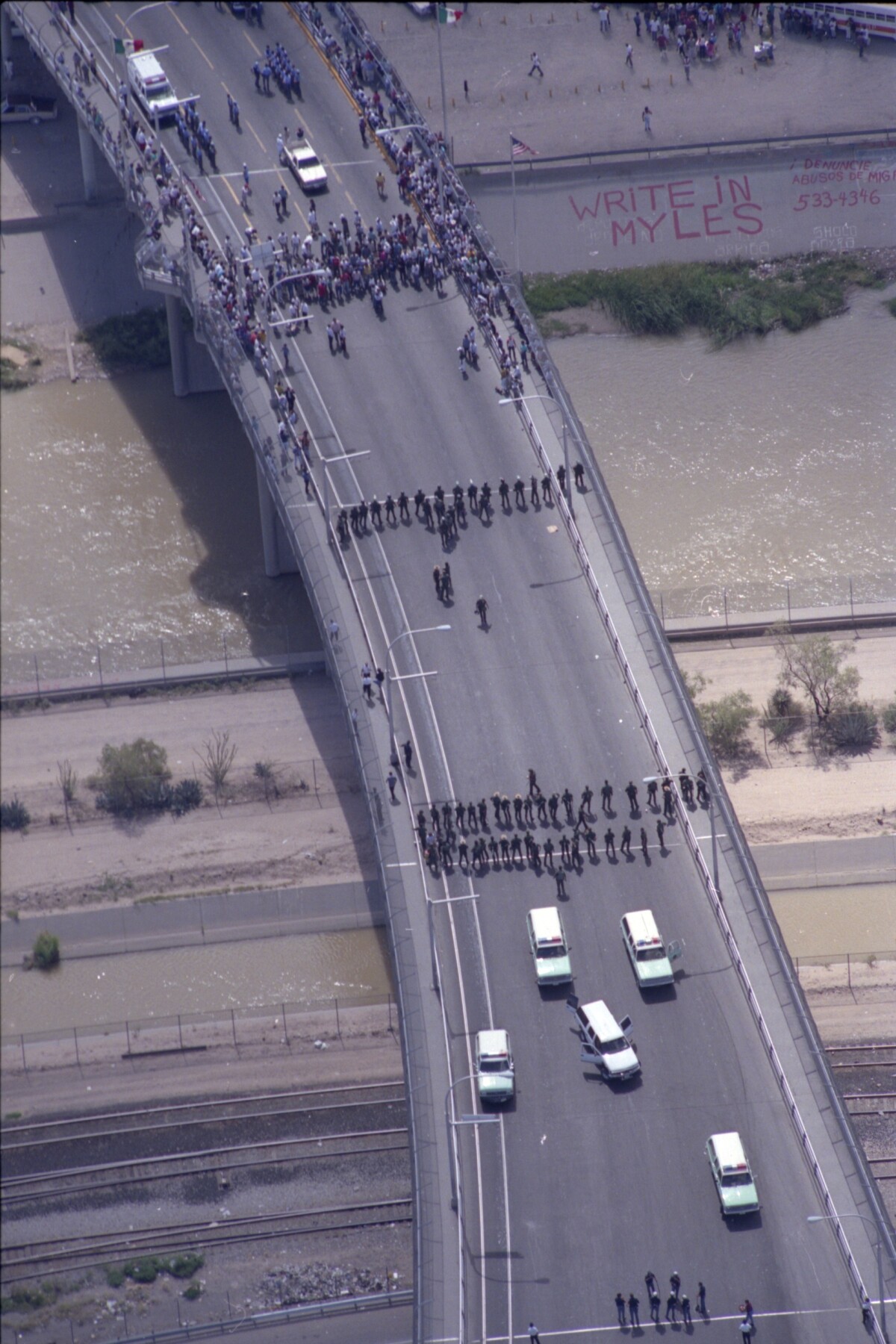


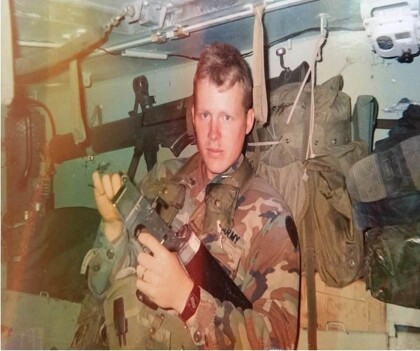
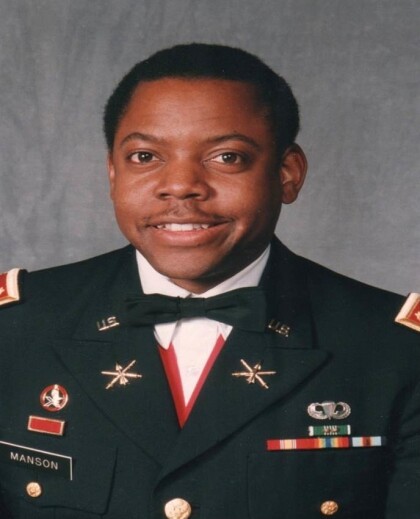
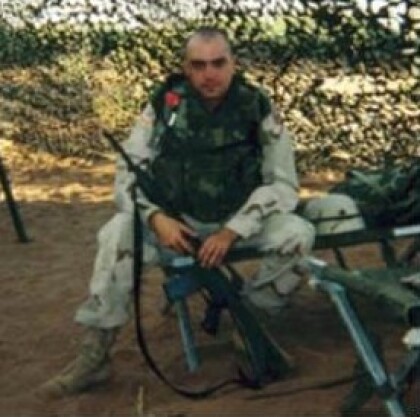
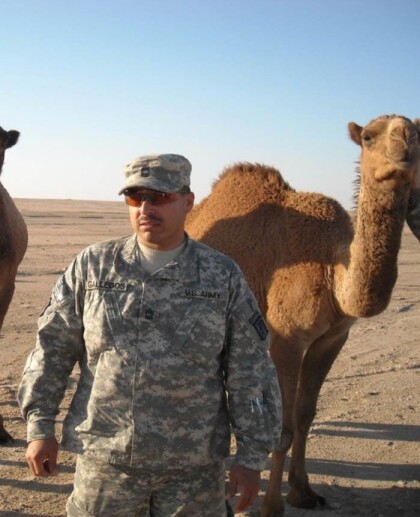
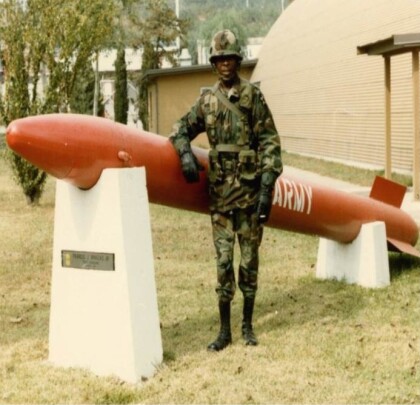
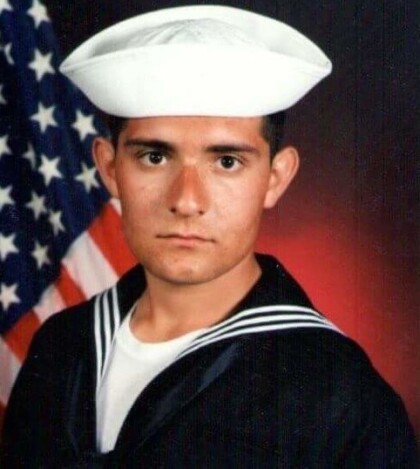
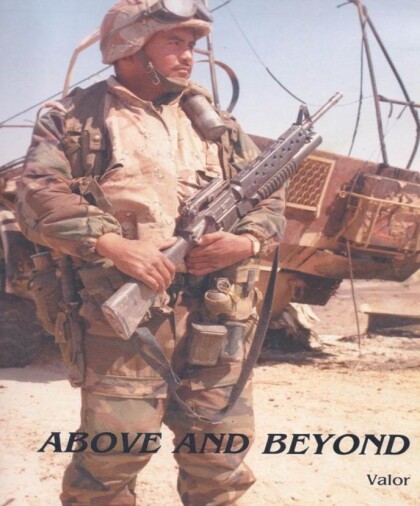

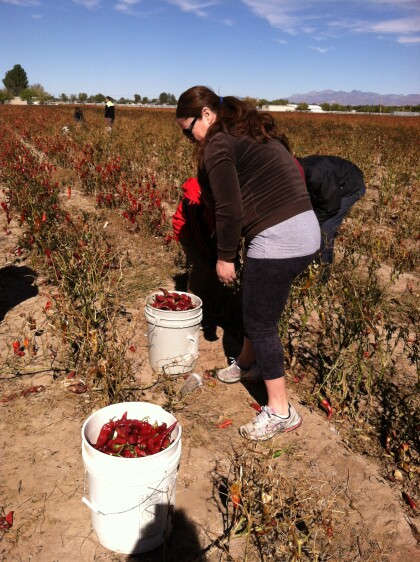
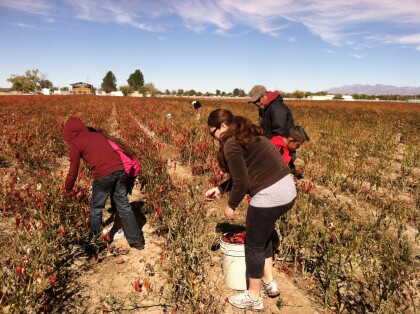
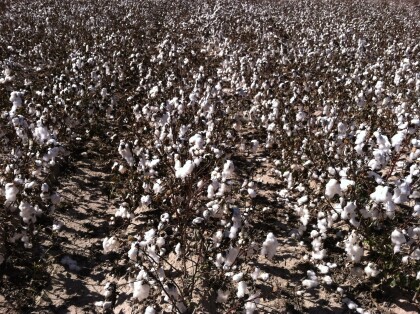
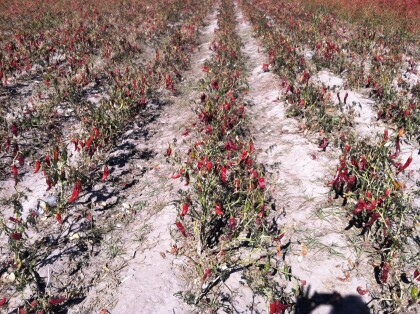
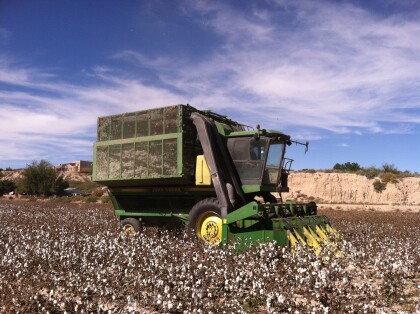

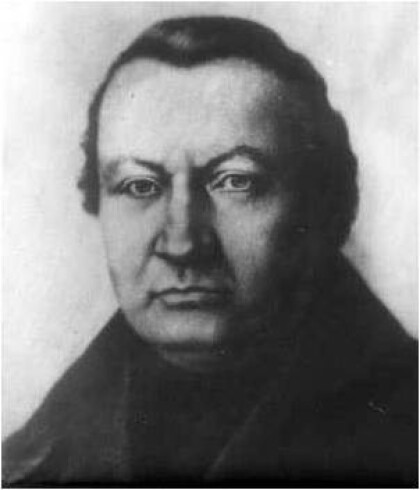
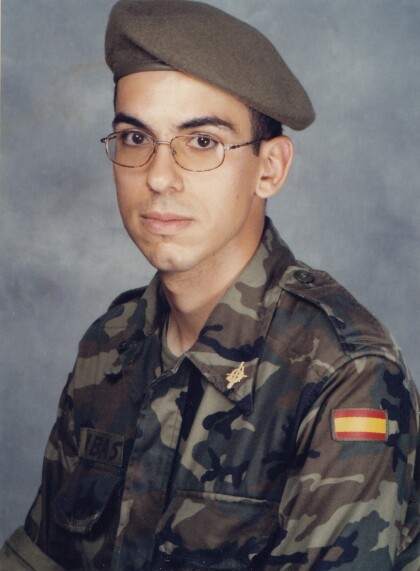
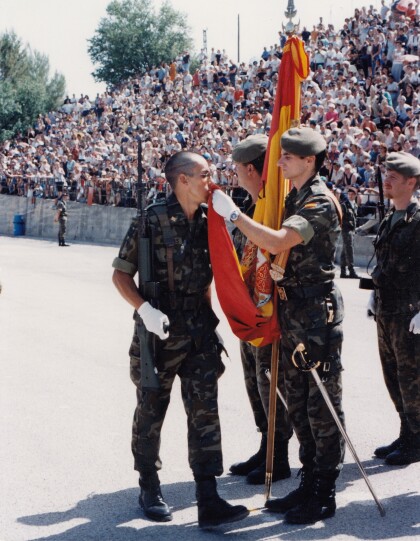
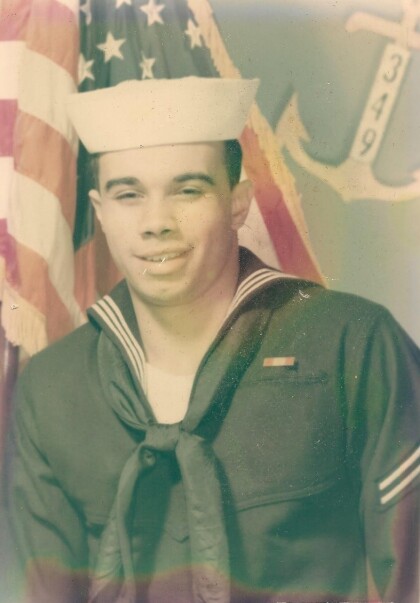
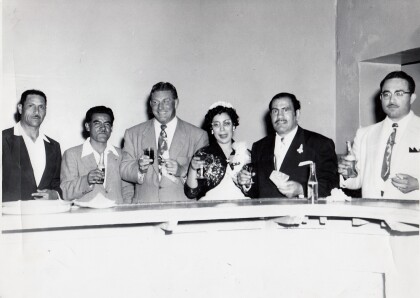
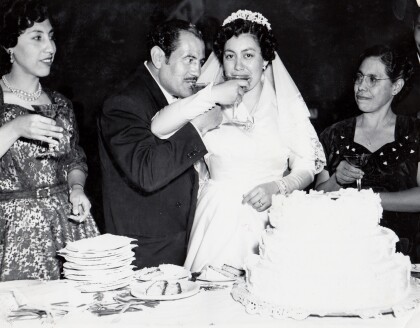

Comentarios
Hacer un comentario